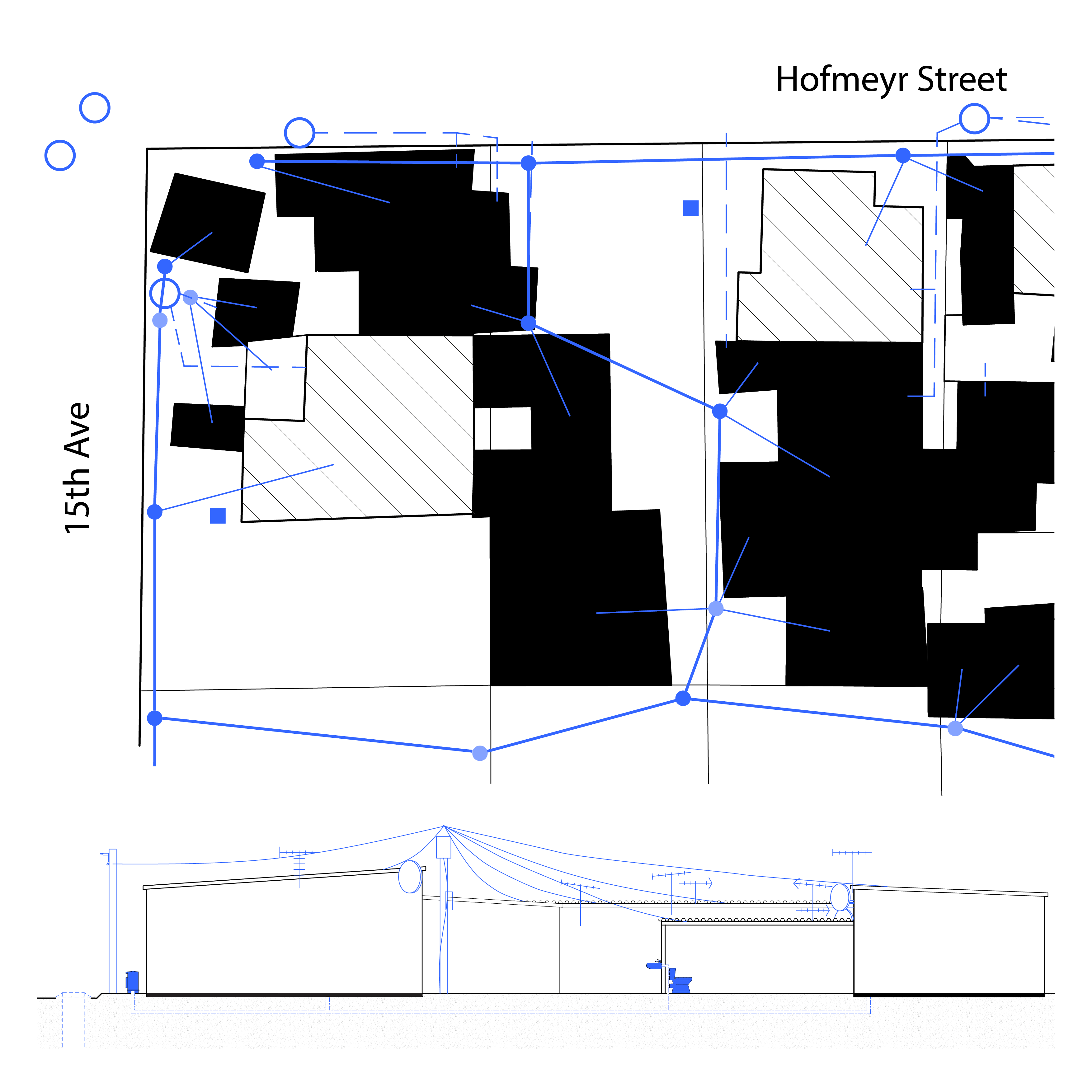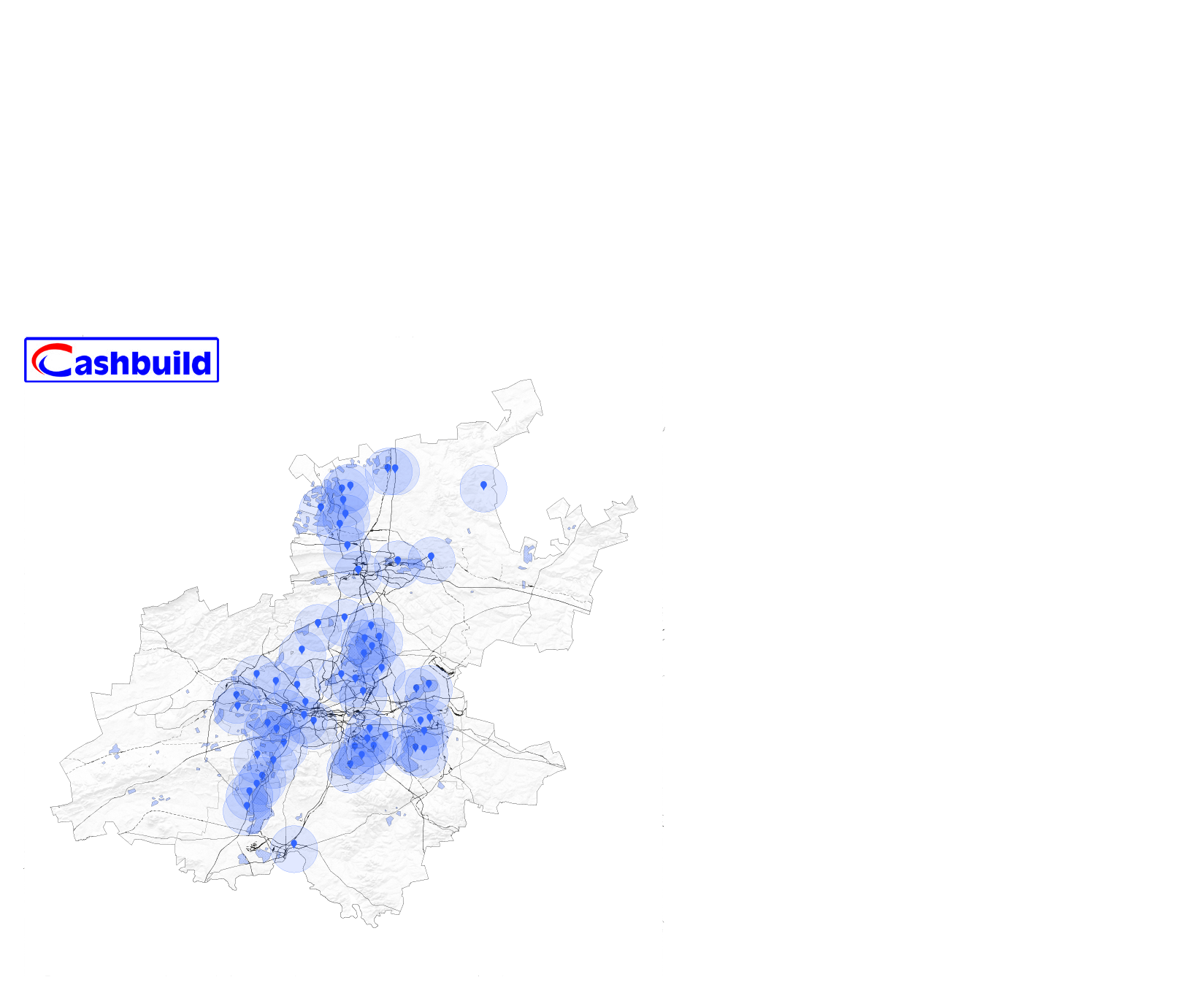Co-OP Backyarding

Backyarding has been a growing housing phenomenon in SA in which homeowners construct rooms in their backyard to rent out to others. The rooms are “parasitic” members on the lot whereby their living necessities are taken from the single officially recognized house. Backyarding is an example of the state of stagnation of the South African government to rectify historical instances, contracted by informal solutions brought about by the community.
This proposal offers a solution to housing inadequacy and land restitution through an on-site self-sanitation system. Septic systems require the excavation of soil f
Cooperative backyarding is a small next-step within this peculiar housing evolution, enabled by the consolidation of extracted soil and materials, human waste treatment and land legislation.

RDP & Backyarding
Alexandra, Johannesburg
This plan and section from the New Alexandra neighborhood in Johannesburg, is an example of the existing fabric phenomena called backyarding. The RDP homeowners on the plot providebasic infrastructure for the back rooms and charge for rent. The backyarders connect to the systems of electricity, waste, and water supply through in an uncorroborated manner, which often result in accidental fires and unsanitary conditions. Backyarding is an example of both state of stagnation of the South African government to rectify historical instances brought about by apartheid, contracted by informal solutions brought about by the community. Organically developing, backyarding today is accepted though barren of legal rights, with growing support and recognition by the community and organizations.


Shacks, Tanks & “Sharebuild”
The implementation of the septic system requires the excavation of a significant amount of soil and should be therefore acknowledged. One square meter of soil can generate 160 bricks, or used otherwise in the construction industry. The septic tanks’ implementation results in a new ground level on which the new backyard shacks will reside. Both shacks and tanks are constructed with brick walls and corrugated roofs - traditional,common and local materials. The waste compartments will become a part of the backyard’s playground and the absorption field will become a part of its landscape. In addition, the system will require a municipal permit, paid by the homeowner and maintained by the renter, establishing a new relationship between them. Therefore, introducing a solution to waste and utilizing its legal implications, reverses the figure ground relationship of RDP backyarding without changing the identity or aesthetic of its organic configuration.


